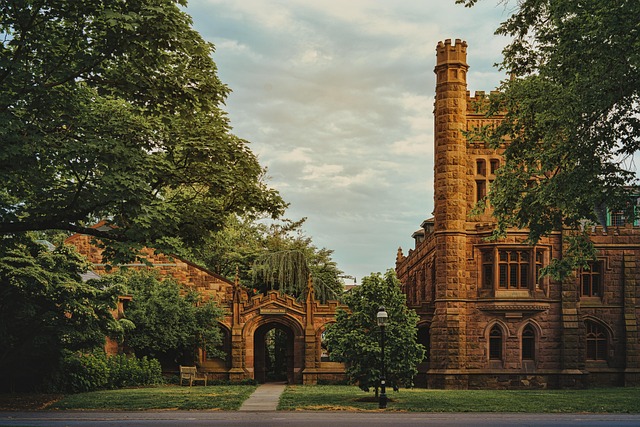Unveiling the Craft: Inside the World of a Sound Designer
In a world where visual storytelling often takes center stage, the art of sound design plays a crucial yet often overlooked role in crafting immersive experiences. A sound designer transforms mere audio into powerful narrative tools, enhancing the emotions and atmospheres that accompany the visuals. Let’s dive into the fascinating realm where creativity and technology converge to create memorable auditory experiences.
The Soundscape: A Designer’s Palette
Every sound designer understands the significance of a well-crafted soundscape. Like an artist with a palette of colors, they have an array of sounds at their disposal—tools that can evoke joy, fear, nostalgia, or tension. This diverse arsenal ranges from music and sound effects to silence itself, all meticulously designed to engage the audience’s senses. Imagine the gentle rustling of leaves in a serene forest, the ominous creaking of a door in a horror film, or the vibrant pulse of a bustling city. Each sound is designed thoughtfully, contributing to the overall narrative and leaving a lasting impact on audiences.
The Collaborative Art
Sound design isn’t a solitary endeavor; it thrives on collaboration. A sound designer often works alongside directors, producers, and fellow creatives to ensure that every auditory element aligns with the project’s vision. They listen intently to the story being told, understanding the emotions at play, and then begin weaving their magic. The feedback loop of collaboration allows sound designers to fine-tune their work, blending their expertise with the ideas of others to create a cohesive artistic output.
Tools of the Trade
In the digital age, a sound designer’s toolkit is packed with advanced technologies and software. Programs like Pro Tools, Ableton Live, and Logic Pro empower these creatives to manipulate sound as if it were malleable clay. Recording equipment, synthesizers, and field recording gear allow sound designers to capture authentic audio from the environment around them, often creating unique sounds that can’t be replicated. The balance between traditional techniques and modern technology is where innovation thrives, often giving rise to groundbreaking auditory experiences.
Beyond the Screen
The influence of sound design extends beyond films and video games. From live theater productions to virtual reality experiences and even podcasts, these auditory architects shape our perception of every narrative form. A sound designer is at the forefront of crafting experiences that resonate deeply with audiences, ensuring that whether you’re watching a blockbuster film, exploring a virtual world, or listening to a story unfold, every sound elevates the experience, immersing you deeper into the narrative.
The Emotional Connection
At its core, sound design is about connection. A sound designer taps into the emotions of audiences, establishing a bond that is often felt but not observed. The distant roar of a crowd, the quiet hum of a flickering light bulb, or the thunder of an explosion can provoke strong visceral reactions. These sounds transport the audience to different worlds, allowing them to feel the weight of a character’s journey or the pulse of a high-stakes moment. The power lies not just in the sound itself but in the memories and emotions it conjures within us.
Final Thoughts
The world of a sound designer is a dynamic blend of artistry and technical prowess—a landscape where every note and nuance matters. As they meticulously craft the auditory experience, they invite us into a realm where sound becomes a narrative force, shaping our understanding and emotional engagement with the story being told. In the end, the soundtrack of our lives, whether in film, theater, or gaming, is shaped profoundly by these unseen artists who create magic through sound.



